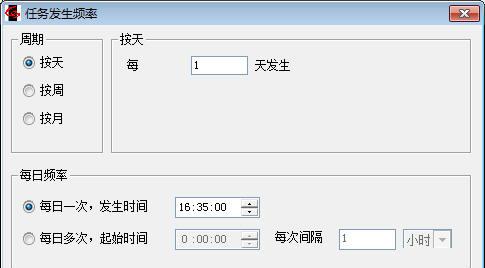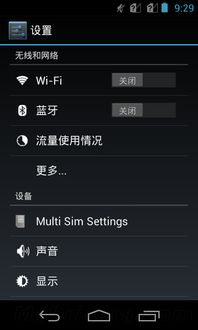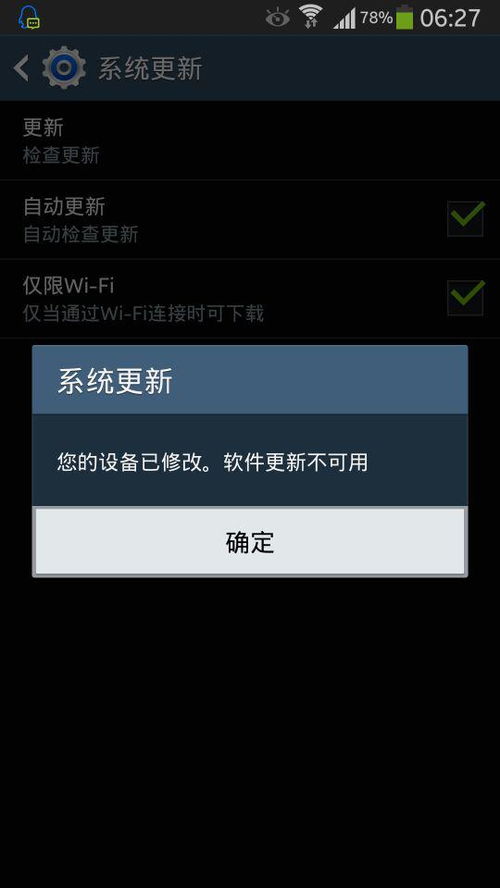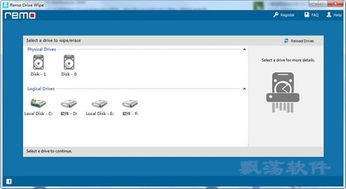
linux 线程等待通知
时间:2023-05-28 来源:网络 人气:
在多线程编程中,线程同步是一个非常重要的问题。当多个线程需要访问共享资源时,为了避免竞争和数据不一致性,需要使用同步机制。在Linux系统中,线程等待通知机制是一种非常常见的同步方式。本文将深入探讨这种机制,包括其原理、使用方法、注意事项以及实际应用案例。
什么是线程等待通知机制?
在多线程编程中,有时候需要让某个线程暂停执行,直到其他线程发出通知后再继续执行。这种机制就是线程等待通知机制。在Linux系统中,可以使用pthread_cond_wait()函数来实现这种机制。
实现原理
当一个线程调用pthread_cond_wait()函数时,它会进入等待状态,并释放所持有的锁。其他线程可以获得该锁,并修改共享资源。当某个条件满足时(通常是其他线程修改了共享资源),该条件变量会被唤醒,并且被唤醒的线程会重新获得锁并继续执行。
代码实现
下面是一个简单的示例程序:
c
#include<stdio.h>
#include<pthread.h>
pthread_mutex_tmutex;
pthread_cond_tcond;
void*thread_func(void*arg)
{
printf("Threadwaiting...\n");
pthread_mutex_lock(&mutex);
pthread_cond_wait(&cond,&mutex);
printf("Threadrunningagain!\n");
pthread_mutex_unlock(&mutex);
}
intmain()
{
pthread_ttid;
pthread_mutex_init(&mutex,NULL);
pthread_cond_init(&cond,NULL);
pthread_create(&tid,NULL,thread_func,NULL);
sleep(1);//确保线程已经进入等待状态
pthread_mutex_lock(&mutex);
printf("Wakeupthethread!\n");
pthread_cond_signal(&cond);//唤醒线程
pthread_mutex_unlock(&mutex);
pthread_join(tid,NULL);
return0;
}
在这个示例程序中,我们创建了一个线程,并让它进入等待状态。在主线程中,我们等待1秒钟后唤醒该线程。当该线程被唤醒后,它会打印一条消息并退出。
注意事项
在使用线程等待通知机制时,需要注意以下几点:
1.必须先获得锁才能调用pthread_cond_wait()函数。
2.在调用pthread_cond_wait()函数之前,必须设置好条件变量,否则可能会出现死锁。
3.在调用pthread_cond_wait()函数之前,必须确保条件已经满足,否则可能会出现虚假唤醒。
4.在唤醒某个线程时,应该使用pthread_cond_signal()函数或pthread_cond_broadcast()函数,否则可能会出现死锁。
案例分析
线程等待通知机制在实际应用中非常常见。下面是一个简单的例子:假设我们有一个线程池,其中的线程需要等待任务队列中有新的任务才能执行。这时,我们可以使用线程等待通知机制来实现这个功能。
c
#include<stdio.h>
#include<stdlib.h>
#include<pthread.h>
#defineTHREAD_NUM5
pthread_mutex_tmutex;
pthread_cond_tcond;
inttask_count=0;
void*thread_func(void*arg)
{
while(1){
pthread_mutex_lock(&mutex);
while(task_count==0){
printf("Thread%ldwaiting...\n",pthread_self());
pthread_cond_wait(&cond,&mutex);
}
task_count--;
pthread_mutex_unlock(&mutex);
printf("Thread%ldprocessingtask...\n",pthread_self());
}
}
intmain()
{
pthread_tthreads[THREAD_NUM];
inti;
pthread_mutex_init(&mutex,NULL);
pthread_cond_init(&cond,NULL);
for(i=0;i<THREAD_NUM;i++){
pthread_create(&threads[i],NULL,thread_func,NULL);
}
while(1){
sleep(1);
pthread_mutex_lock(&mutex);
task_count++;
printf("Addanewtask!Taskcount:%d\n",task_count);
pthread_cond_signal(&cond);
pthread_mutex_unlock(&mutex);
}
return0;
}
在这个示例程序中,我们创建了5个线程,并让它们等待任务队列中有新的任务。在主线程中,我们每隔1秒钟就往任务队列中添加一个新的任务。当有新的任务时,我们就唤醒等待中的线程来处理这个任务。
结论
线程等待通知机制是一种非常常见的同步机制,在多线程编程中有着广泛的应用。通过本文的介绍,相信读者已经对这种机制有了深入的了解,并能够灵活地运用它来解决实际问题。

imtoken钱包:https://cjge-manuscriptcentral.com/software/5276.html
相关推荐
教程资讯
教程资讯排行

系统教程
- 1 ecos 安装-ECOS 安装的爱恨情仇:一场与电脑的恋爱之旅
- 2 北京市监控员招聘:眼观六路耳听八方,责任重大充满挑战
- 3 php冒泡排序的几种写法-探索 PHP 中的冒泡排序:编程艺术与心情表达的完美结合
- 4 汽车电控系统结构-汽车电控系统:ECU 与传感器的完美结合,让驾驶更智能
- 5 gtaiv缺少xlive.dll-GTAIV 游戏无法运行,XLive.DLL 文件丢失,玩家苦寻解
- 6 crisis公安机动百度云-危机时刻,公安机动部队与百度云的紧密合作,守护安全
- 7 刺客信条枭雄突然停止-玩刺客信条:枭雄时游戏突然停止,玩家心情跌入谷底
- 8 上海专业数据恢复,让你不再为丢失数据而烦恼
- 9 冠心病护理措施-呵护心脏,从饮食、运动和情绪管理开始,远离冠心病
- 10 分区魔术师使用-分区魔术师:让电脑硬盘井井有条的神奇工具
-
标签arclist报错:指定属性 typeid 的栏目ID不存在。











